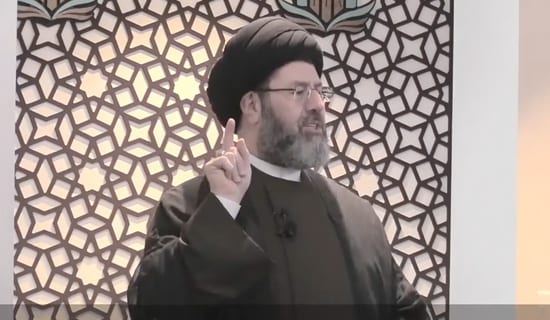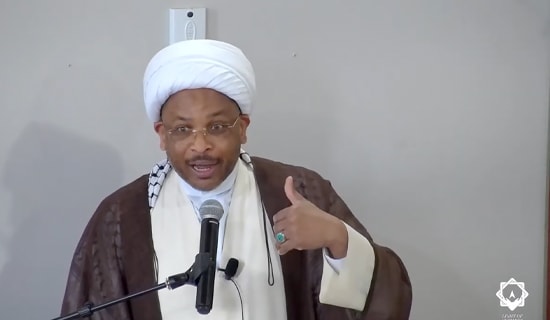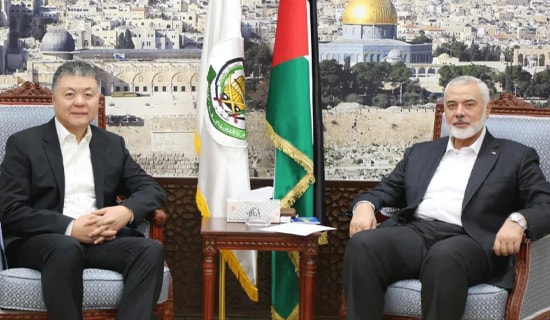Established in the 1920s by Indian Islamic scholar Muhammad Ilyas Kandhalvi (1885-1944), the Tablighi Jamaat (TI) is a puritanical, revivalist Islamic movement popular across South Asia, and spreading rapidly across the world. It has its international headquarters in Delhi. The TI seeks to inculcate a message of "return to basics of Islam" among Muslims. Its members, known as tableeghis or tablighis (preachers), seek to bring lifestyle changes among followers.
While TI members are known for their focus on preaching the basics of Islam, in recent years the organization has attracted attention for being used by members of terrorist groups for various reasons, including for hiding their identity to carry out terror activities. However, the TI continues to work for changing the lifestyles of its members, with the goals being simple living and prayer.
Below are excerpts from three articles on the role of Tablighi Jamaat in Pakistan. In the first article, titled "Candy Floss And Cyanide," Pakistani columnist and satirist Nadeem F. Paracha outlines the growth of the Tablighi Jamaat and its recent involvements in terror plots. In the second article, titled "Tableeghi Jamaat: Reason For The Rise Of Religious Intolerance," columnist Syed Kamran Hashmi paints the portrait of a typical TI member, especially highlighting subtle ways in which he or she exerts religious influence on others.
In the third article, titled "Tablighees Stole My Friend," Pakistani college student Orr Ali describes how the tablighis "stole" his friend, who now argues with Orr about Islam rather than having a usual friendship.
All three articles were published in the Pakistani media - the first two recently and the third one in 2011.
Nadeem Paracha: "The TJ Was Formed In The Late 1920s To Supposedly 'Cleanse Islam From Hindu And Sikh Influences' In The [Indian] Subcontinent"; "The Rise In The TJ's Fortunes Was... A Product Of The Proliferation Of The More Puritanical Strands Of Islam During The Zia Regime [In 1980s]"
The following are excerpts from Nadeem Paracha's article:[1]
"For long the TJ has been viewed as a benign movement that distances itself from mainstream politics and militancy, focusing instead on propagating 'correct' Islamic rites and attire, and ritualistic paraphernalia in tune with the Deobandi line of thinking. The TJ was formed in the late 1920s to supposedly 'cleanse Islam from Hindu and Sikh influences' in the [Indian] subcontinent. However, after Pakistan's creation in 1947 the TJ was more successful in attracting positive attention from Pakistanis living abroad than from those living in the country.
"Based in Raiwind [near Lahore] in the Punjab, the TJ membership and appeal, however, got a two-fold boost after the arrival of the reactionary Ziaul Haq dictatorship in 1977. This was the time when Zia used a part of CIA and Arab funds (dished out for the anti-Soviet mujahideen insurgency in Afghanistan) on constructing a number of indoctrination centers in the shape of seminaries. The rise in the TJ's fortunes was thus a product of the proliferation of the more puritanical strands of Islam during the Zia regime.
...The full text of this post is available to subscribers.
Please login or register to request subscription information from MEMRI




